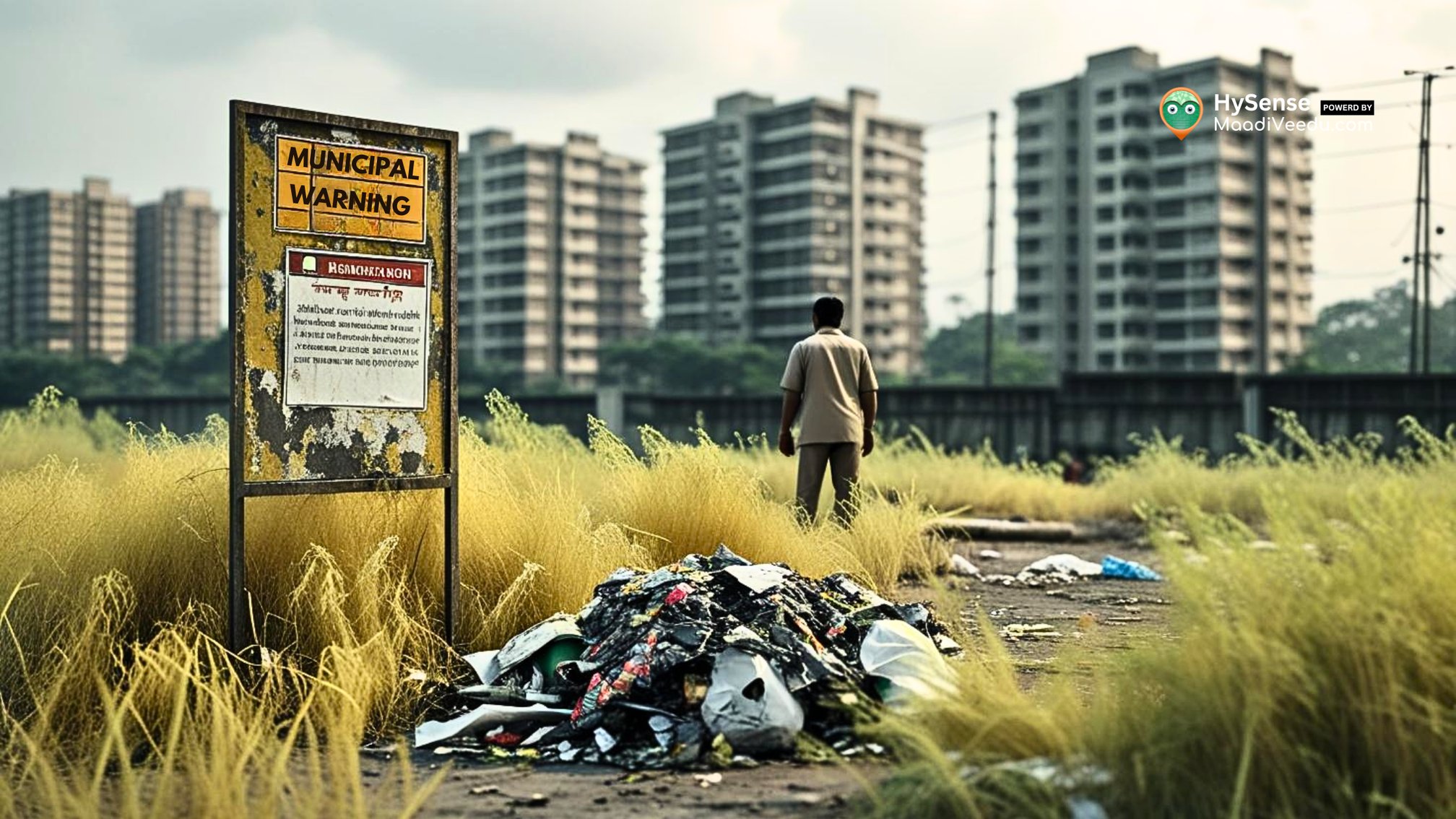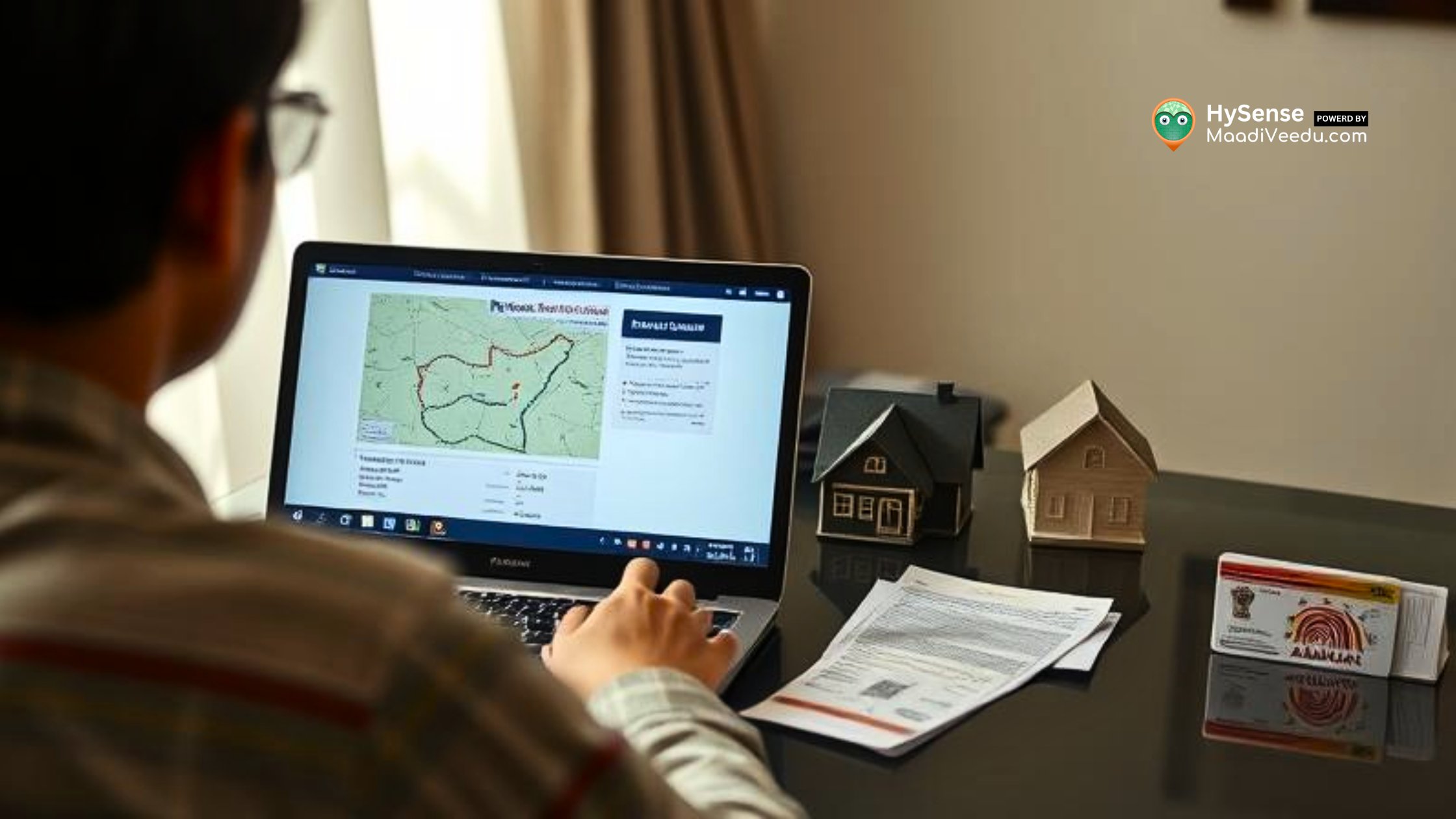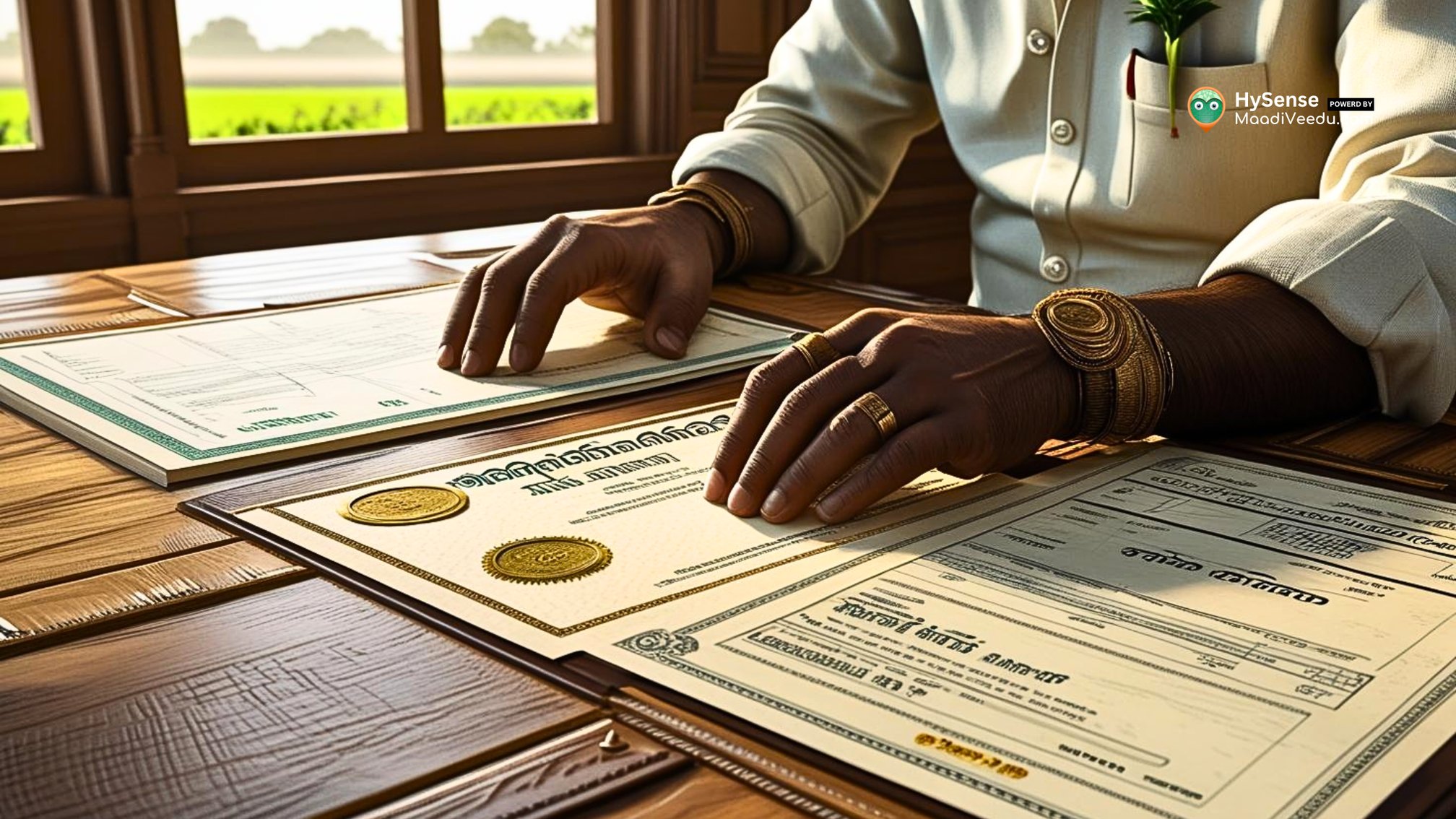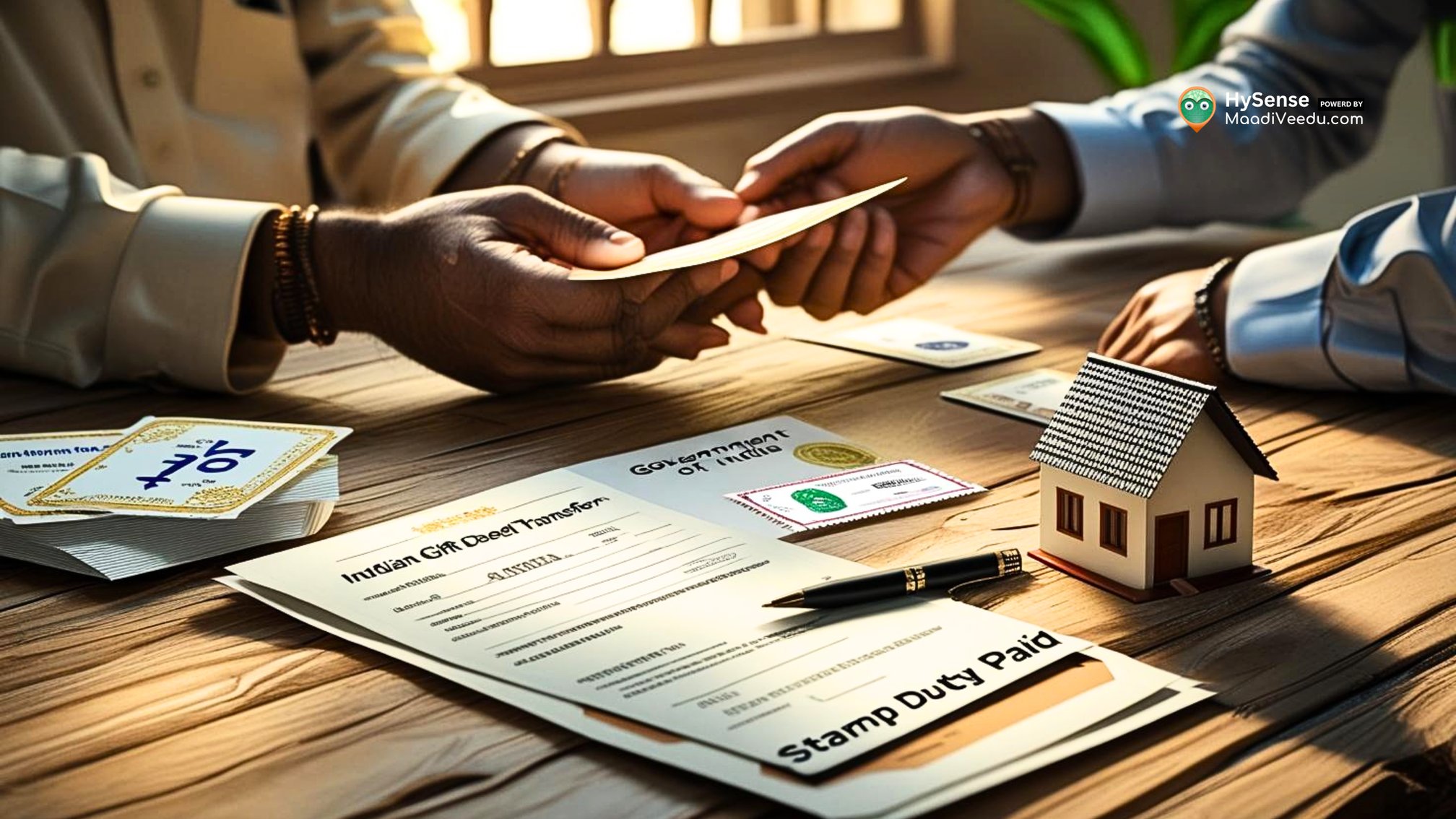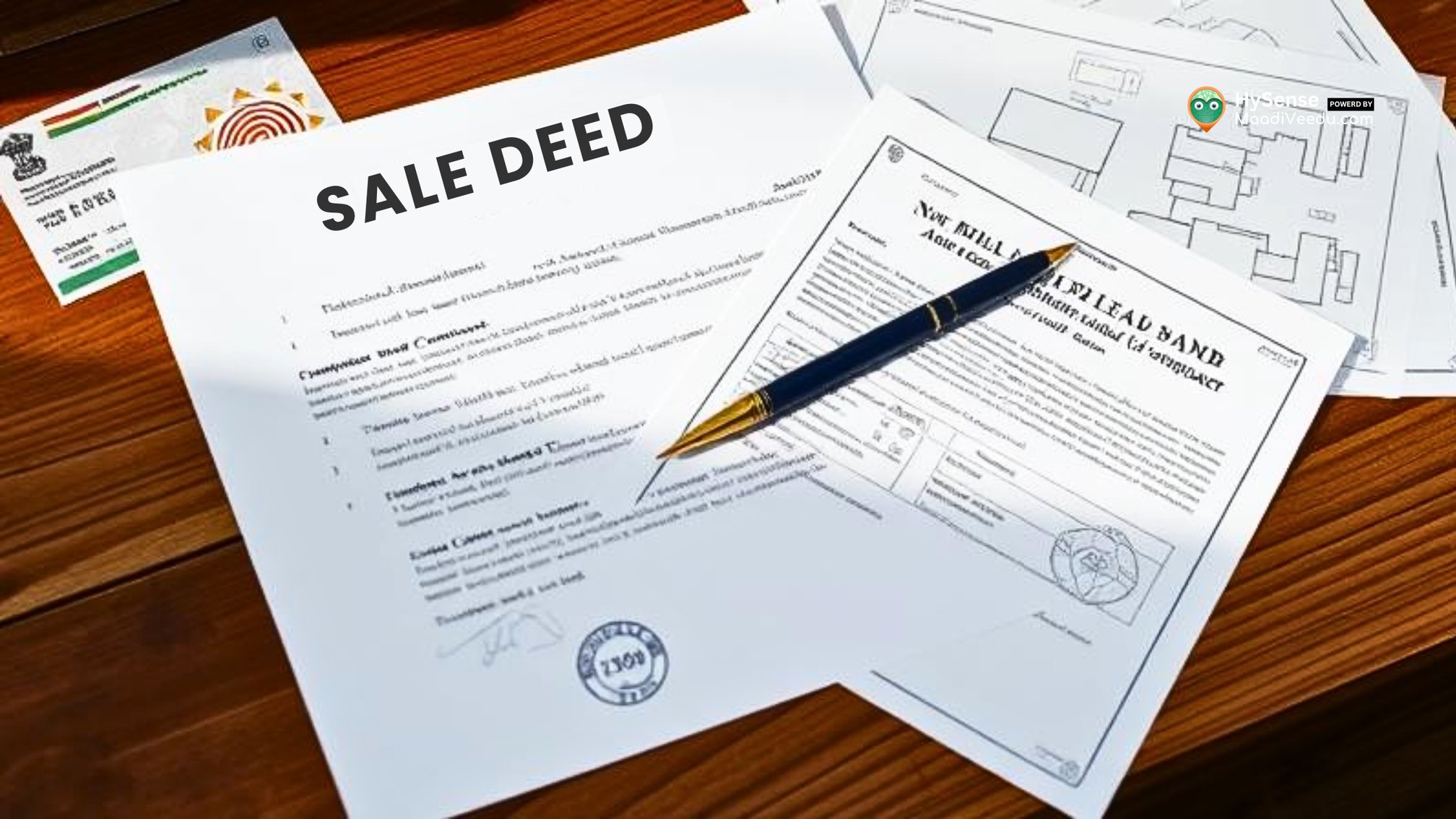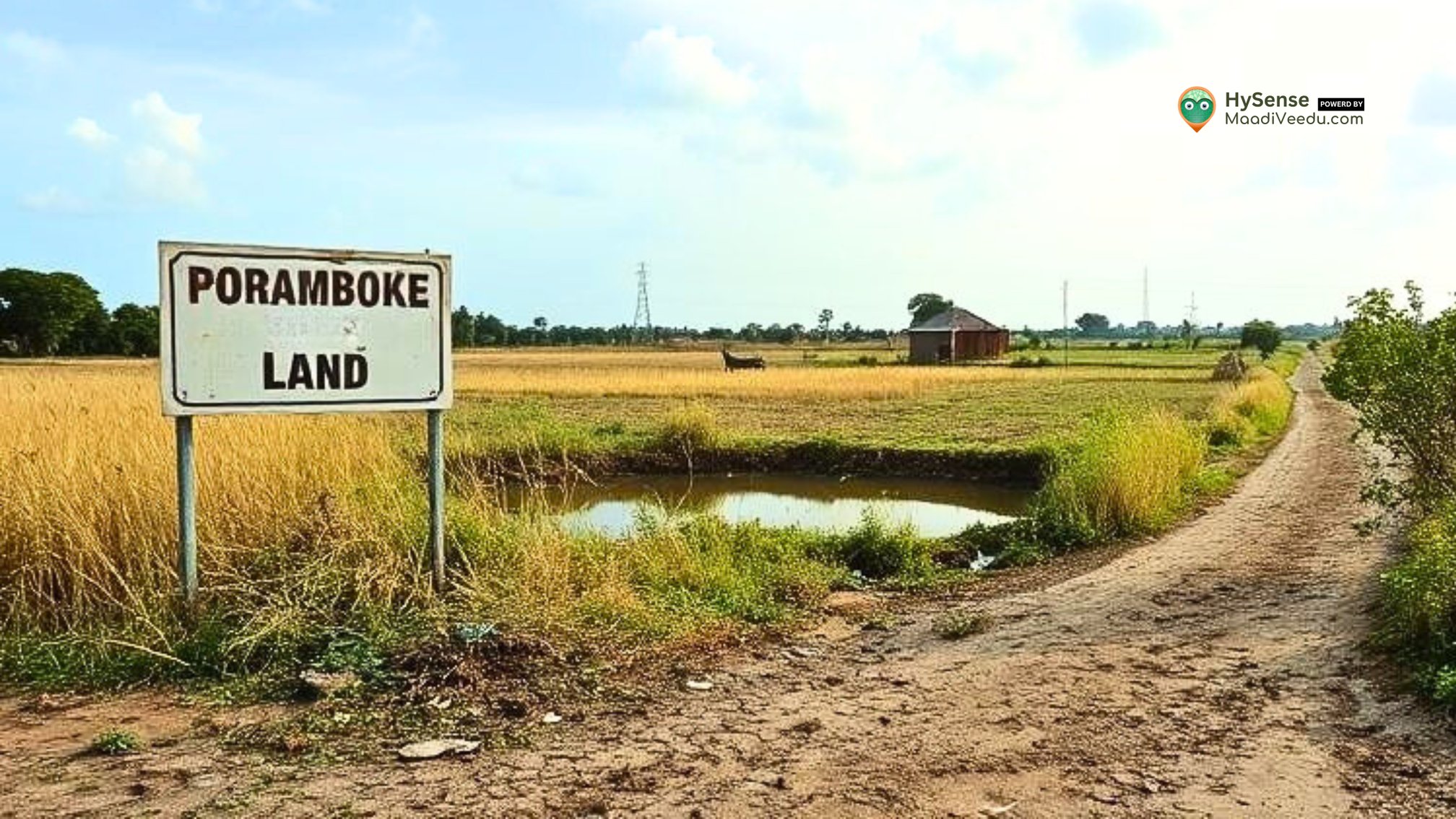How to Build a Low-Cost Home Without Compromising Quality – Smart Tips
Smart, cost-effective ways to build a durable home on a budget. Learn about affordable materials, construction techniques, and energy-efficient solutions for long-term savings!
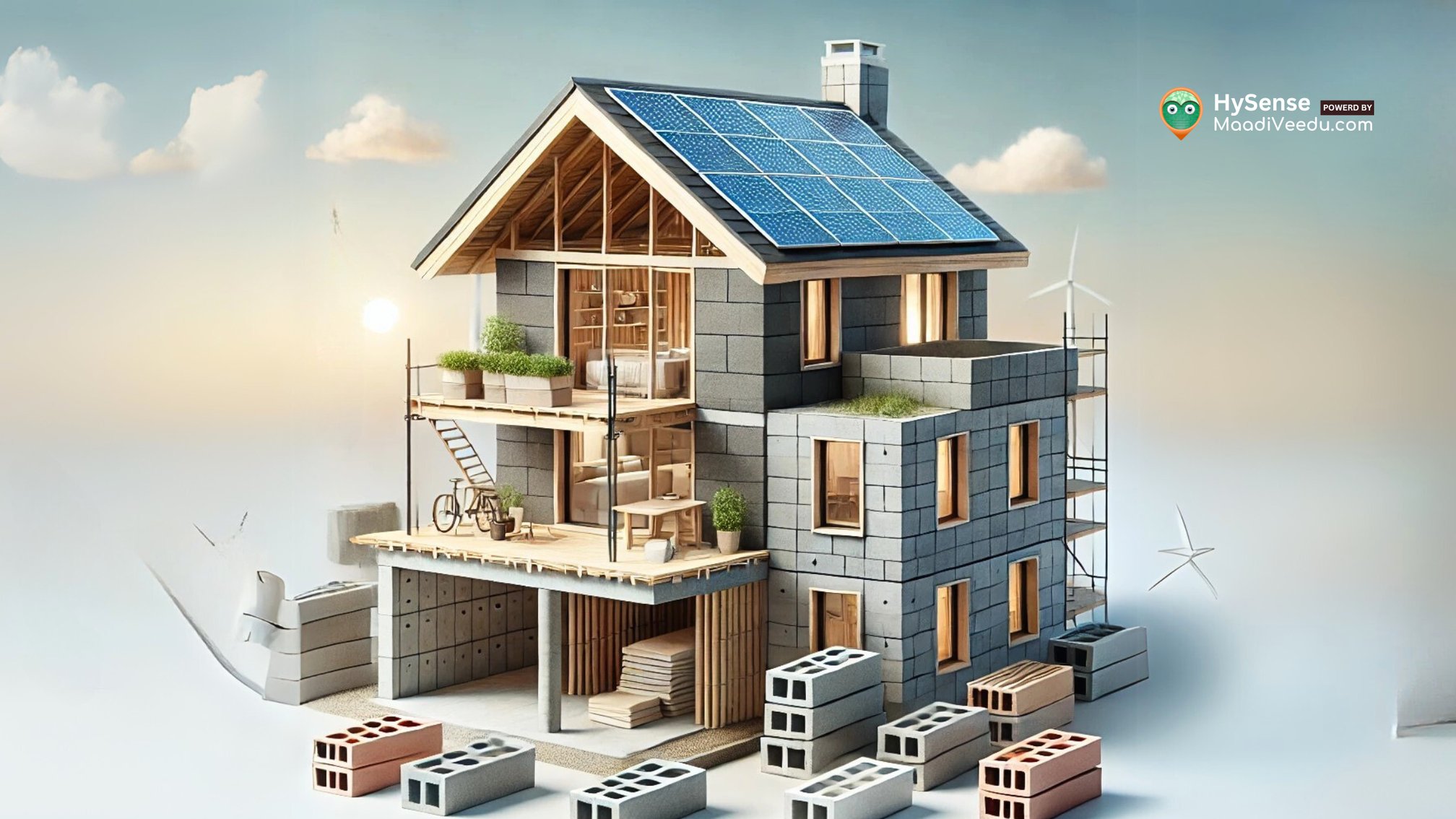
Table of Contents
Building a home is a dream for many, but rising construction costs often make it seem unattainable. However, with careful planning, cost-effective materials, and smart construction techniques, you can build a high-quality home on a budget. This comprehensive guide will help you understand how to achieve affordability without sacrificing durability and comfort.
1. Smart Planning for Cost Efficiency
- Simple and efficient design: A compact and straightforward layout reduces material waste and labor costs.
- Hire an experienced architect or builder who specializes in low-cost housing.
- Choose the right plot in a well-connected but affordable location to minimize transportation and utility expenses.
- Avoid unnecessary features like extra balconies or decorative elements that inflate costs.
- Plan for future expansions to avoid major renovation costs later.
- Ensure compliance with local building regulations to prevent legal issues that may lead to additional expenses.
- Use online construction planning tools to estimate costs and avoid budget overruns.
2. Cost-Effective and Durable Materials
- Use alternative materials like:
- Fly ash bricks or interlocking bricks (strong, eco-friendly, and cost-effective).
- Precast concrete slabs for faster and cheaper construction.
- Bamboo or recycled steel as alternatives to expensive wood and iron.
- Compressed Stabilized Earth Blocks (CSEB) for cost-effective wall construction.
- Buy materials in bulk to avail discounts and minimize transportation costs.
- Compare prices from multiple suppliers before purchasing.
- Opt for locally sourced materials to reduce logistical expenses.
- Use ready-mix concrete to ensure quality and save labor costs.
- Consider salvaged materials like old bricks, wood, or metal from demolition sites.
3. Smart Construction Techniques to Reduce Costs
- Prefabricated or modular homes require less labor and speed up construction.
- Load-bearing walls minimize the need for excessive steel and concrete.
- Rammed earth or mud block construction is a low-cost and sustainable option.
- Use interlocking bricks that eliminate the need for plastering, reducing both material and labor costs.
- Build in phases, constructing essential rooms first and expanding later.
- Flat RCC slabs are cost-effective alternatives to complex roofing designs.
- Self-help construction: Participate in simple tasks like painting or flooring to reduce labor costs.
4. Affordable Labor Management
- Hire skilled local labor instead of bringing workers from other locations.
- Use mechanized construction methods like brick-making machines to reduce manual labor expenses.
- Pay workers based on project milestones rather than daily wages to ensure efficiency.
- Choose prefabricated doors and windows to cut carpentry costs and speed up construction.
- Train unskilled labor for simple tasks like site cleaning, reducing the need for additional manpower.
5. Energy-Efficient Design for Long-Term Savings
- Maximize natural light and ventilation with large windows, reducing electricity bills.
- Use solar panels to cut down on energy costs in the long run.
- Install energy-efficient appliances and LED lighting for lower power consumption.
- Opt for insulated walls and roofs to maintain indoor temperatures and reduce cooling/heating costs.
- Choose light-colored roofing materials to reflect sunlight and keep interiors cool.
- Plant trees around your home to provide natural cooling and shade.
- Use double-glazed windows to minimize heat loss in colder regions.
6. Low-Cost Interior and Exterior Finishes
- Use budget-friendly flooring options like polished concrete or ceramic tiles.
- Opt for lime wash or textured walls instead of expensive paints.
- Modular kitchen and prefabricated furniture help reduce carpentry costs.
- Second-hand or refurbished fittings can provide quality at a fraction of the price.
- Use weather-resistant paints to reduce frequent maintenance costs.
- DIY home décor with simple and sustainable elements adds personality without extra expenses.
7. Financial Assistance and Government Schemes
- Pradhan Mantri Awas Yojana (PMAY) provides subsidies for affordable housing.
- Low-interest home loans from government banks can ease financial burden.
- State-level housing schemes offer financial aid for first-time homebuyers.
- Tax benefits on home loans help reduce overall costs.
- Subsidies on solar panel installations encourage sustainable energy use.
- Land purchase assistance schemes for economically weaker sections.
- NGO and cooperative society collaborations offer additional housing support.
8. Efficient Water and Waste Management
- Install a borewell or community water connection to avoid high water bills.
- Use low-flow taps and dual-flush toilets to conserve water.
- Construct a small sewage treatment plant (STP) to manage waste efficiently.
- Install a greywater recycling system for reuse in gardening or flushing toilets.
- Opt for water-efficient landscaping with native plants that require minimal irrigation.
- Harvest rainwater to supplement daily water usage and reduce dependency on municipal supply.
9. Home Security Without Overspending
- Use strong metal grills on windows instead of expensive security systems.
- Install LED motion sensor lights to enhance security at night.
- Opt for a well-lit entrance and simple boundary wall for safety.
- Community security services are more cost-effective than private guards.
- Install smart locks and budget-friendly surveillance cameras for additional security.
10. Common Questions About Building a Low-Cost Home
1: How much does it cost to build a budget-friendly home?
Costs vary based on location, materials, and labor. A basic 1,000 sq. ft. home can cost between ₹10-₹15 lakh using cost-effective methods.
2: What is the best low-cost construction method?
Prefabrication, load-bearing walls, interlocking bricks, and rammed earth techniques offer affordability and durability.
3: How can I reduce home construction costs?
Use alternative materials, buy in bulk, source locally, hire skilled labor, avoid unnecessary features, and plan energy-efficient designs.
4: Are eco-friendly homes cheaper to build?
Yes, sustainable materials like bamboo, mud blocks, and solar panels can lower long-term costs by reducing energy and maintenance expenses.
5: Can I apply for government housing schemes?
Yes, schemes like PMAY provide subsidies and financial support for low-cost home construction.
Conclusion – Affordable Homes With Lasting Quality
Building a budget-friendly home does not mean sacrificing quality. By selecting the right materials, using cost-effective construction techniques, and planning for energy efficiency, you can create a durable and comfortable home within your budget. Every rupee saved in construction adds to long-term affordability.


